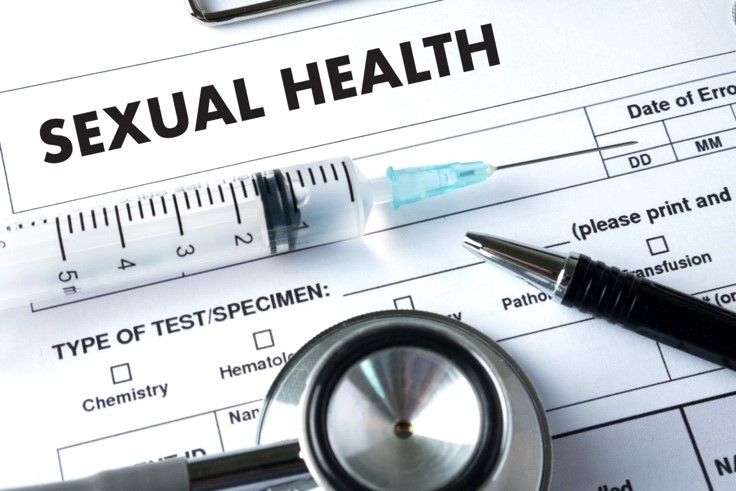
 August 22, 2022
August 22, 2022 New National Strategy to Address Upward Trend of STIs
The High Cost of STIs and Impact on the US Population
Sexually transmitted infections (STIs) affect the quality of life of millions of Americans and add significant costs to our health system. In 2018, 26 million (1 in 5) people in the U.S acquired an STD, which will cost the healthcare system an estimated $16 billion in direct lifetime medical costs. Even in the face of a pandemic, STI incidence remains high. In 2020, nearly 2.5 million cases of chlamydia, gonorrhea, and syphilis were reported, according to the Centers for Disease Control and Prevention (CDC). Of the more than 30 types of STIs, chlamydia, gonorrhea, syphilis, and human papillomavirus (HPV) have the highest morbidity rates and the greatest impact on the population’s health. They also represent the STIs with the most pervasive inequalities of burden on different populations. The urgency of action needed to address this STI epidemic has become apparent, as has the need to bring relief to special populations, including adolescents and young adults, men who have sex with men, and pregnant women. Within each of these populations, further emphasis needs to be placed on underserved communities, including racial and ethnic minorities, and people living in certain regions of the US.
Launching a Coordinated Response
In response, after reported STIs in the US reached an all-time high in 2019, the US Department of Health & Human Services embarked on a plan to reverse the dramatic rise in STI cases and address the impact of this epidemic on the US population. The result was the establishment of a national strategic plan for STI prevention and care in the US.
The inaugural STI National Strategic Plan for the United States | 2021–2025 (STI Plan) lays out a clear vision of the future where STIs are prevented and every American has access to high-quality STI prevention, care, and treatment, while living free from stigma and discrimination.
The STI Plan is intended to serve as a roadmap for a broad range of stakeholders, including those in health care, government, community organizations, education, research, private industry, and academia, to achieve the 5 high-level goals that support its vision.
One of those goals is to accelerate progress in STI research, technology, and innovation, including in the areas of point-of-care diagnostics and self-collection.
binx health continues to innovate our solutions designed to break down screening barriers through discreet, at-home specimen collection and a point-of-care (POC) platform that gives results in about 30 minutes.
Remote Specimen Collection Is Already Here
binx health is committed to bringing convenient access to high-quality diagnostic testing aimed at driving better compliance and health outcomes. We have created a new healthcare delivery model with binx everywhere for those who prioritize convenience and discretion. binx health offers remote self-collection for laboratory-based testing that is processed at CLIA-certified, HIPAA-compliant third-party partner reference laboratories.
Sample-to-Answer Results in 30 Minutes
On-site patients can receive central laboratory-equivalent chlamydia and gonorrhea testing via an FDA-cleared, CLIA-waived, molecular point-of-care (POC) platform. The binx io is a first-of-its-kind rapid, fully automated instrument designed to be easy to use and intended for use in POC or clinical laboratory settings, providing the world’s first sample-to-answer result in about 30 minutes for both female and male specimen types.
For more information on binx health solutions, visit: https://mybinxhealth.com/clinician-solutions.